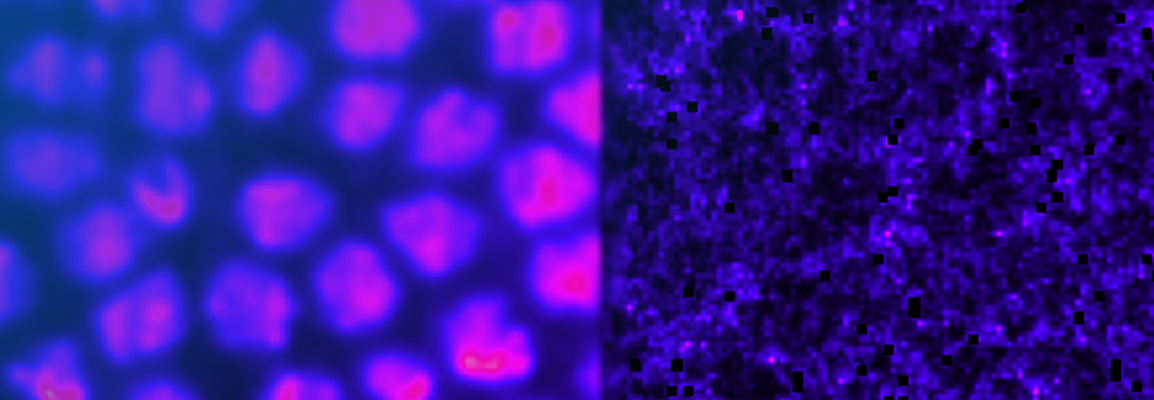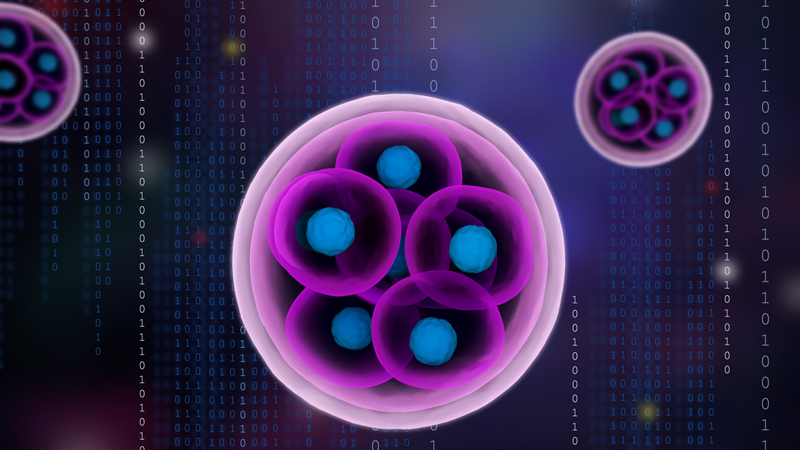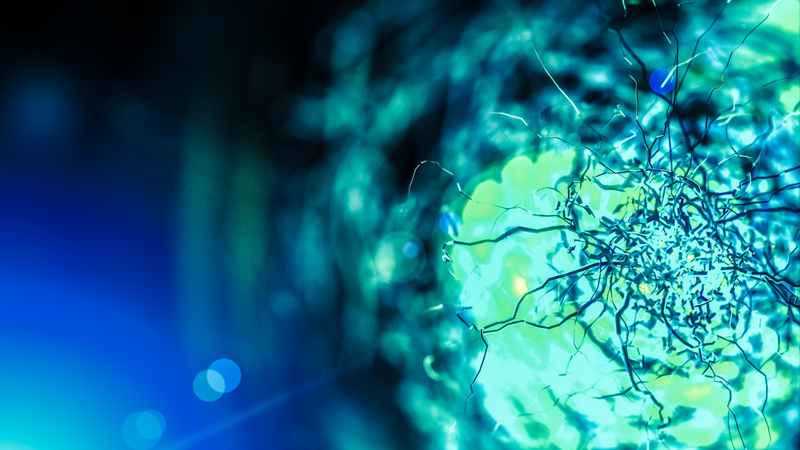

Spatiotemporal Imaging with Light-Sheet Microscopy: Having Your Cake and Eating It Too
Uncover molecular dynamics in live biological samples.
In this webinar, Dr. Thorsten Wohland discusses his work using different single-molecule techniques to explore molecular interactions in live biological samples. Learn more about how to implement Fluorescence Correlation Spectroscopy (FCS) in home-built or commercial light-sheet microscopes to take accurate spatiotemporal measurements.
Presenter's Abstract
Light sheet microscopes record whole cross sections of large, live biological samples in a single step. This modality is also ideal to record molecular dynamics in each cross-section of the same samples if the recording is performed fast enough (~ 1000 frames/s). In this seminar, we will focus on how one of these single-molecule sensitive techniques, Fluorescence Correlation Spectroscopy (FCS), can be implemented in home-built or commercial light sheet microscopes (imaging FCS) without customization. FCS determines molecular concentrations, mobilities, transport, and interactions, and we show several examples of measurements in biofilms, drosophila, and zebrafish.
Featured Products and Technology
Speakers
Thorsten Wohland, Ph.D., Professor, Departments of Biological Sciences and Chemistry, Centre for Bioimaging Sciences and Institute for Digital Molecular Analytics and Science, National University of Singapore
Thorsten Wohland studied Physics at the Technical University of Darmstadt and the University of Heidelberg in Germany from 1989-1995. He completed his diploma thesis in physics at the European Molecular Biology Laboratory (EMBL) in Heidelberg, Germany, working on optical tweezers. From 1997-2000 he conducted his doctoral thesis at the Swiss Federal Institute of Technology in Lausanne (ETHL/EPFL), Switzerland, on fluorescence correlation spectroscopy. After two years as a postdoctoral fellow in Stanford he joined the National University of Singapore (NUS) where he is now Professor in the Departments of Biological Sciences and Chemistry, working on the integration of fluorescence microscopy and spectroscopy to yield quantitative microscopy methods that can extract information with high spatial and temporal resolution and the application of these methods to biological problems.

